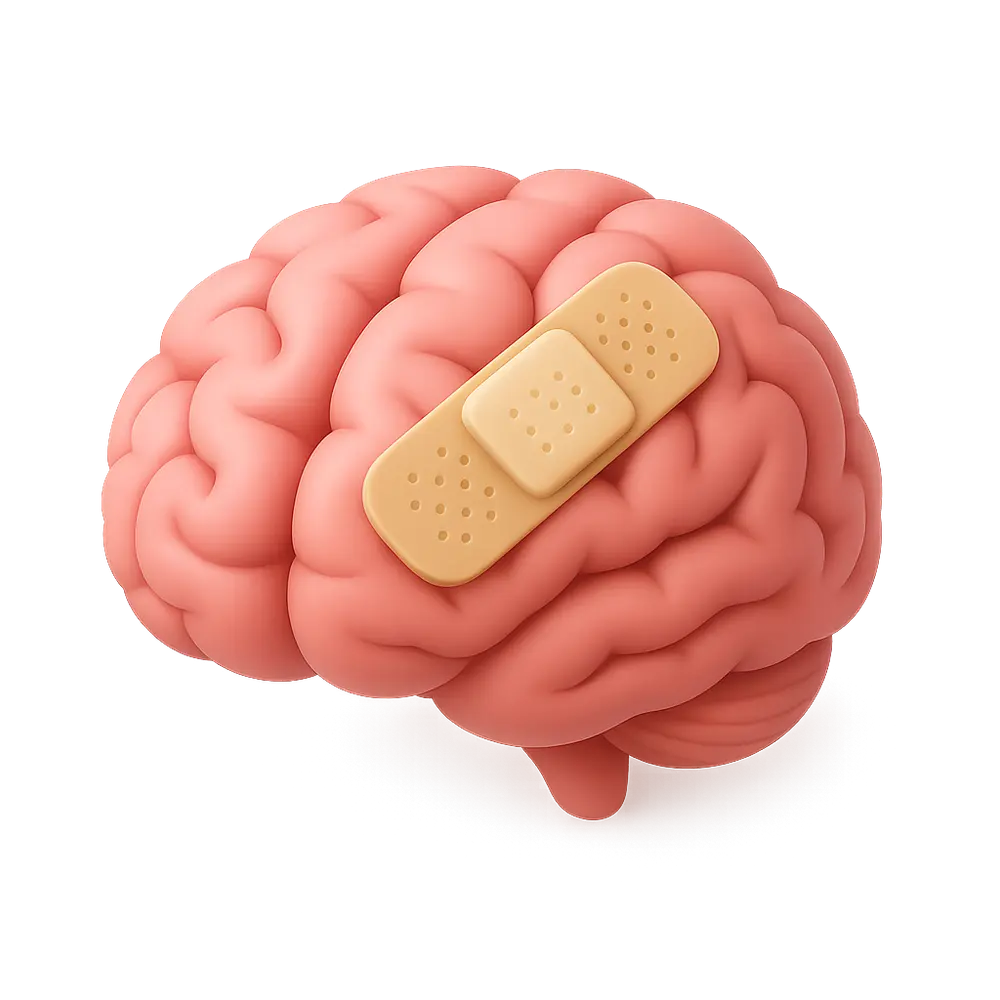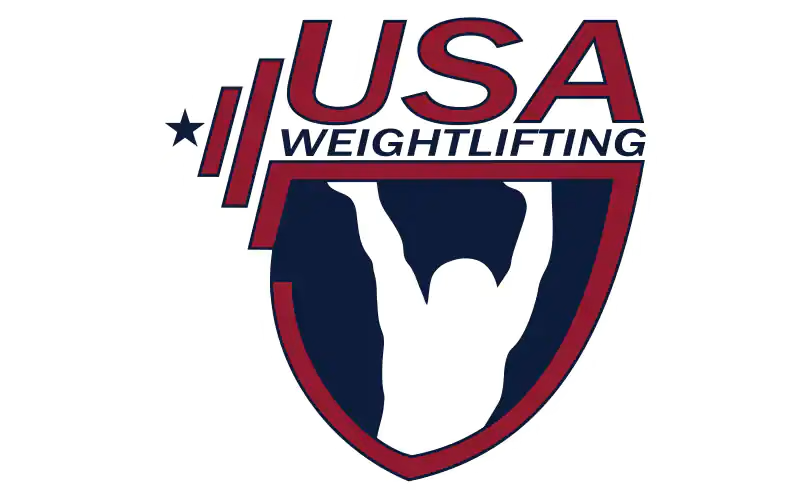The ability to hear and process auditory information is a beautifully complex and intricate design. It impacts our learning, retention of information, and interpretation of our environment. Because of this, it is necessary to take care of the God-given blessing of hearing. However, could the sports we put our children in endanger this gift?
As many of us know, concussions are an injury often sustained by children who play high-impact sports such as football or soccer. While we know that this is a threat to the wellness of our children’s health, research has shown that concussions may have greater impacts on auditory processing that could take longer to heal. According to the CDC, in 2022, 7% of parents reported that their child (aged 12-17) had sustained a concussion for males and 5% for females. However, the numbers are suspected to be higher.
What are the implications for this? Why does it matter? According to a study published in 2016 titled “Auditory biological marker of concussion in children,” children who experienced concussions are less able to process speech. They experience problems with attention span, pitch processing, and memory. These problems can harm children’s ability to learn, retain, and process information, and may even have a negative ramification on social skills.
Because children’s minds are so flexible and designed with amazingly intricate self-healing abilities, many children who sustain damage of this sort can recover to a certain degree; however, their auditory processing may not be at the same level that it was before the injury, depending on its severity. This is why it’s necessary to try to prevent problems from occurring before they do.
Good News for Parents:
If your child has sustained a concussion-type injury or is in a high-impact sport, there are things you can do to help keep your child safe. For children who have received an injury, their brains may have permanent scarring depending on the level of injury, but God designed our brains in a way that they are very able to adapt to weaknesses. For example, if one part of the brain sustains injury, another part will grow stronger to compensate. Additionally, the younger the child was at the time of injury, the better able they will be to recover from the injury and return to normal auditory functioning. The best way to protect your child after they have sustained an injury to the head is to give them plenty of time to recover, and after they return to the playing field, to take steps to ensure they do not sustain another such injury. Here are a few steps that can be taken to prevent injuries to the brain during high-impact sports:
- Proper protection gear:
- Make sure your child has appropriate gear for the sport, including footwear.
- Limiting exposure to hard impacts:
- Even if the impact is not directly to the head, children can still experience brain damage from a sudden stop or jolt. Perhaps consider not putting your children in high-impact sports until they are older, or perhaps consider not putting them in high-impact sports altogether. This decision depends on your child and your parenting technique and will be different for everyone.
- Being aware of the sport they are playing and the possible risks involved:
- It is always important to be well-informed about the sports we are putting our children in, how it can impact their bodies, and how it can affect them during their years of growing.
- Being well-informed about the risks of brain damage during sport should not make parents paranoid or afraid to let their children participate in sports. Rather, it should make them feel safer knowing that they know the risks involved and how to best approach them for each child.
- According to the CDC, the highest rates of concussions in American childhood sports include tackle football, soccer, lacrosse, boys’ ice hockey, boys’ wrestling, girls’ field hockey, girls’ basketball, and softball. If your child participates in or has participated in any of these sports, it’s good to be aware of the concussion risks involved.
If you’re interested:
Here is the chart with concussion percentages in different age groups in 2022:
QuickStats: Percentage of Children and Adolescents Aged ≤17 Years Who Had Ever Received a Diagnosis of Concussion or Brain Injury, by Sex and Age Group — National Health Interview Survey, United States, 2022. MMWR Morb Mortal Wkly Rep 2023;72:899. DOI: http://dx.doi.org/10.15585/mmwr.mm7233a5
Here is the research study that looked at the effects of concussions on children:
Kraus, N., Thompson, E., Krizman, J. et al. Auditory biological marker of concussion in children. Sci Rep 6, 39009 (2016). https://doi.org/10.1038/srep39009
Here is the stats for concussions in sports:
Centers for Disease Control. (2024, August 26). Data on Sports and Recreation Activities. https://www.cdc.gov/heads-up/data/index.html



